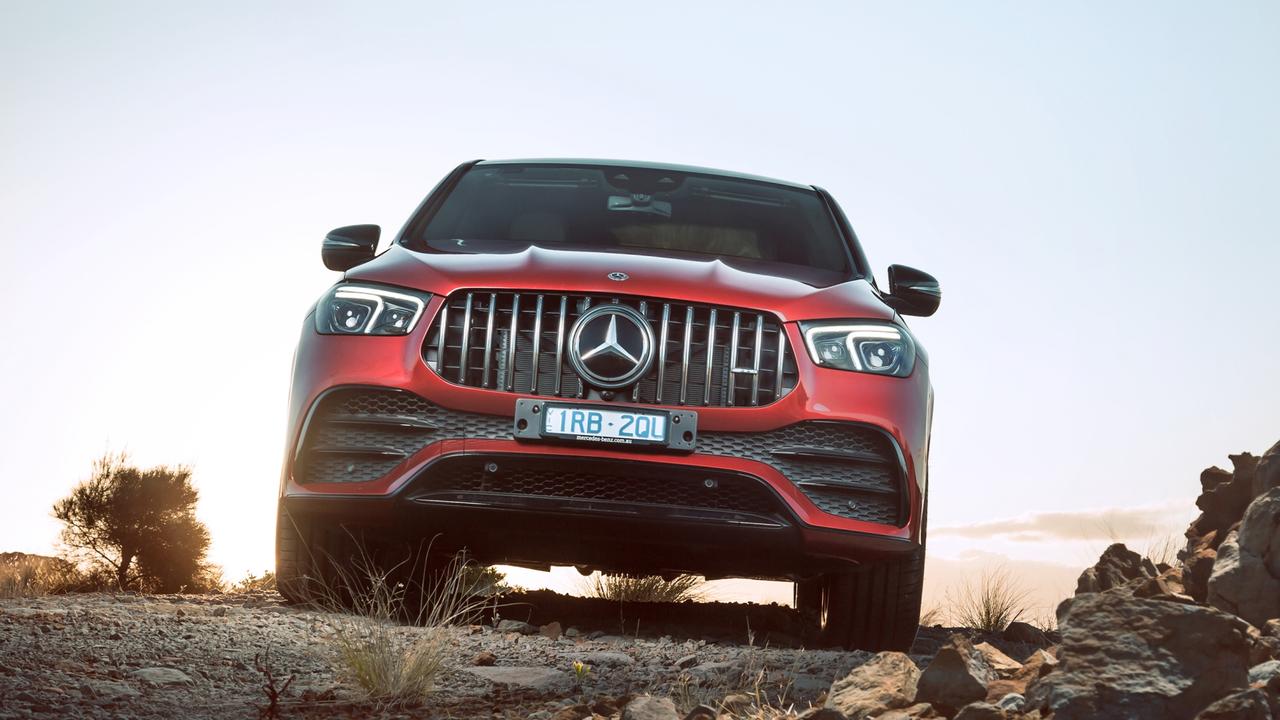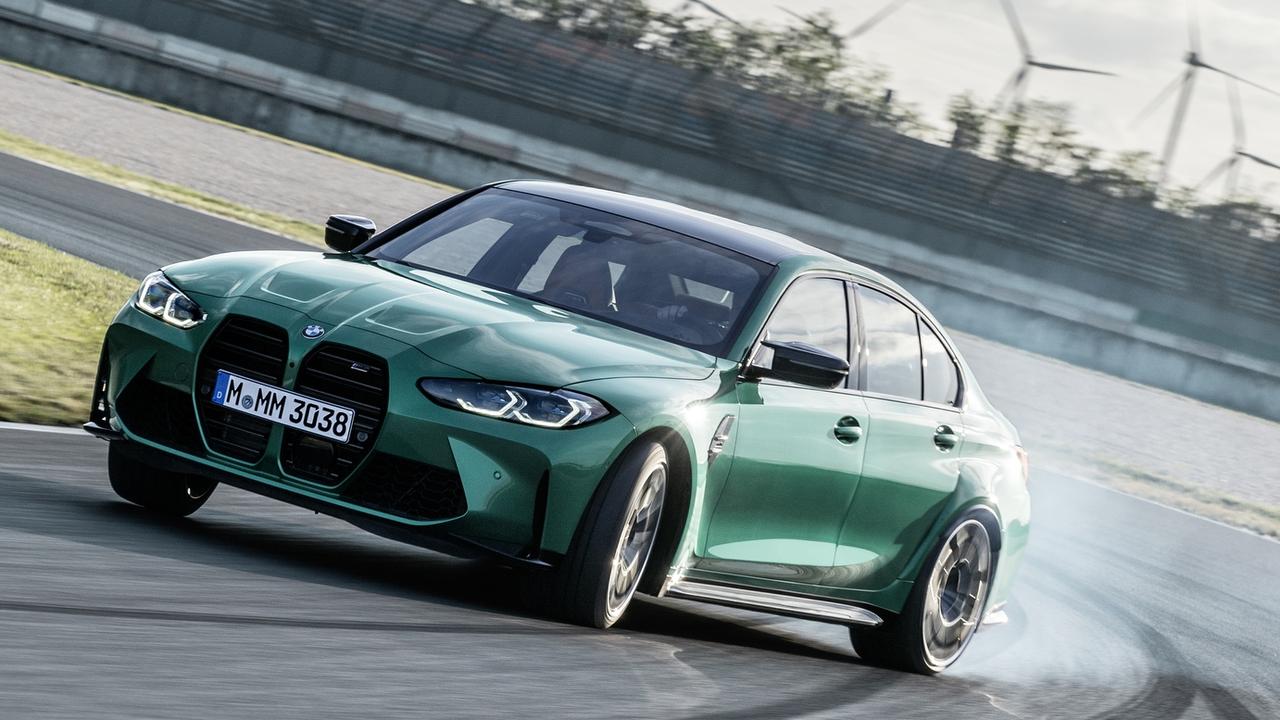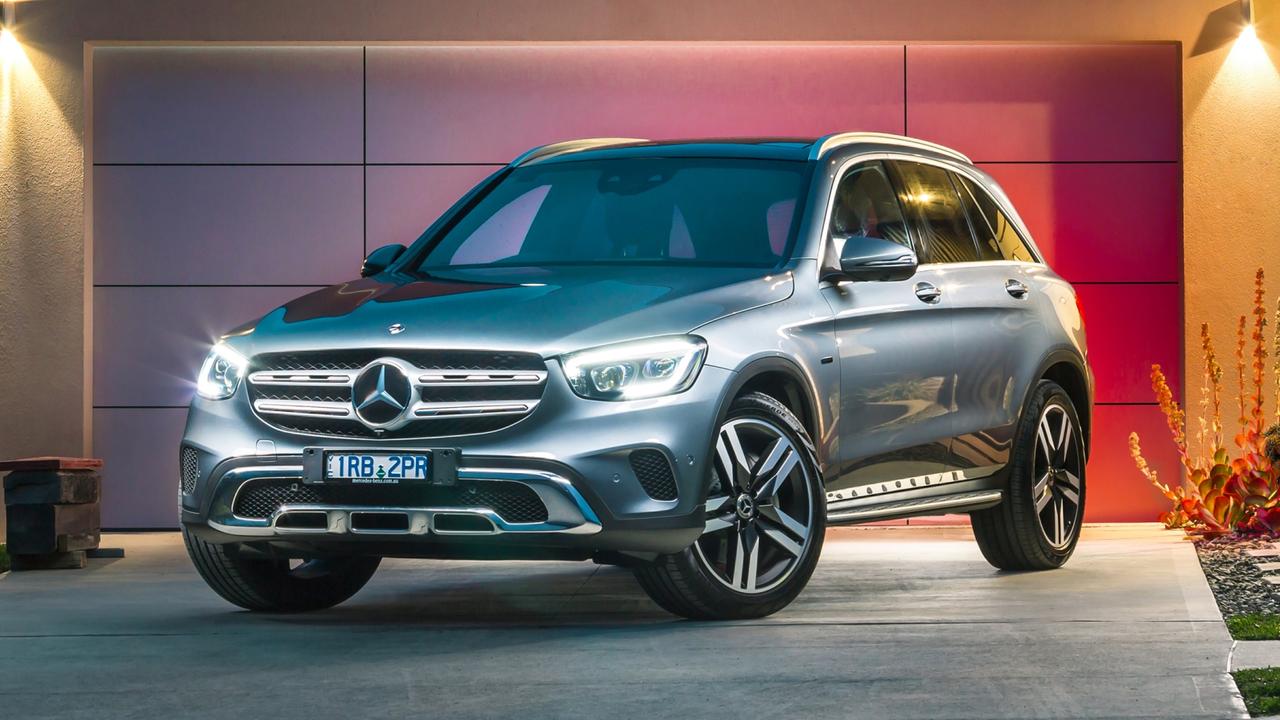Range Rover Evoque falls short on safety
Buyer expect a lot from luxury vehicles, but many make customers pay extra for features that are standard on much cheaper machines.
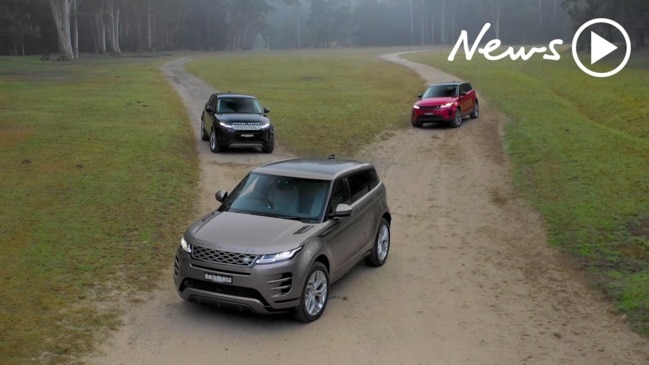
1. You’re spoiled for choice
There are Evoques and there are Evoques. The range of 26 — not a typo — kicks off at $62,670 plus on-roads for the least powerful of the three petrol versions and climbs to $94,290 for the dearest of the three diesels. By the time you’ve selected a couple of optional extras and added on-road costs to the top-spec model, you’re comfortably into six figures. Our P250 R-Dynamic S started at $69,820 and ended up at $88,435 plus on-roads, with no less than 19 optional extras. Overall, there are almost 20 pages of suggestions for personalising your purchase. They include different paint schemes, cabin trims, audio, wheels, display screens and even headlight designs. And that’s before you start on the driver aids.

2. The design has aged well
It’s more than a decade since the original LRX concept car wowed the crowds at the 2008 Detroit motor show. It’s remarkable, then, that the design still looks fresh and modern with minimal design changes in the intervening years. The svelte silhouette has been retained but it has adopted the retractable door handles of Land Rover’s larger Velar, as well as the narrow headlights and the thin, turret-like rear windows. It looks smart enough in standard form with 18-inch alloys, but with the optional 20-inch gloss black numbers it is guaranteed to turn heads.
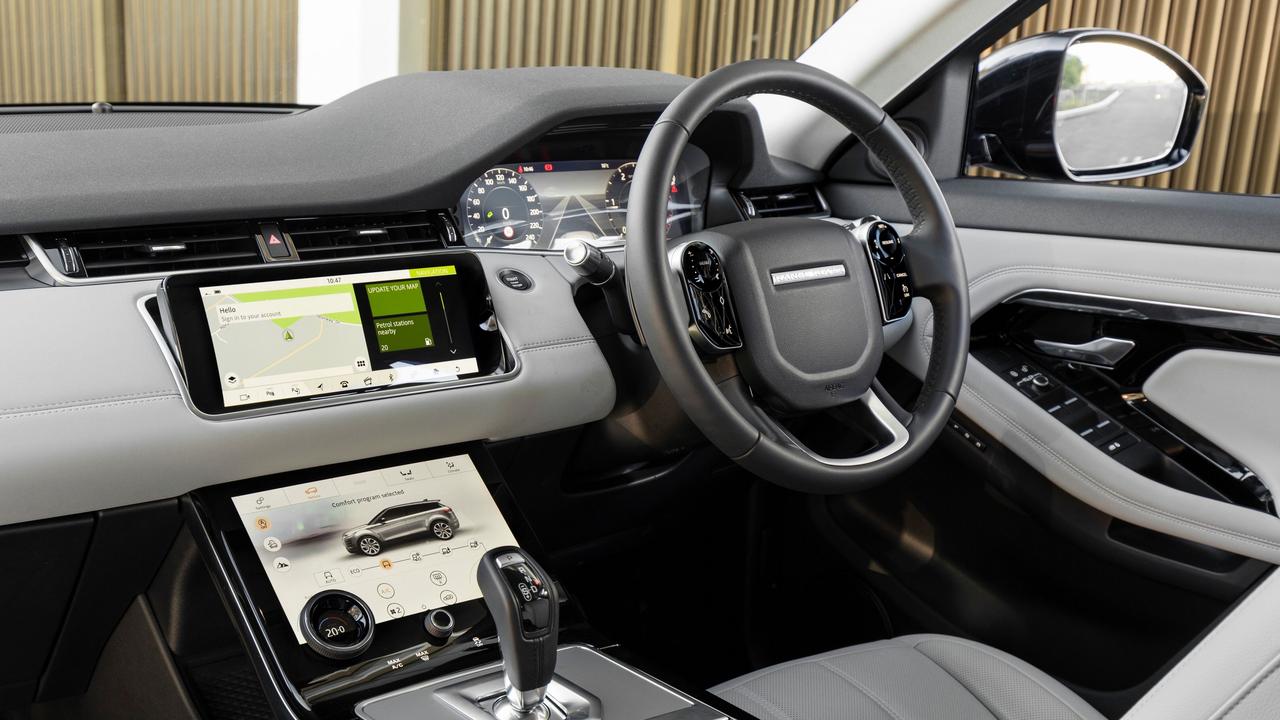
3. The cabin’s had a spruce-up
The exterior design aged well but the cabin was looking a little dated. The new model is a big step up in style thanks mainly to twin digital centre screens that allow you to configure the information you want displayed. On the top screen you can have the satnav and on the bottom, your music library. The twin screens mean designers were able to do away with a host of buttons and switches, leaving a very clean, uncluttered dash design. The old analog dials in front of the driver have also been replaced by a digital cockpit, while you can option a head-up display. Our test car had perforated black and cream leather seats, matching the two-tone scheme on the dash. Space remains tight in the rear seats.
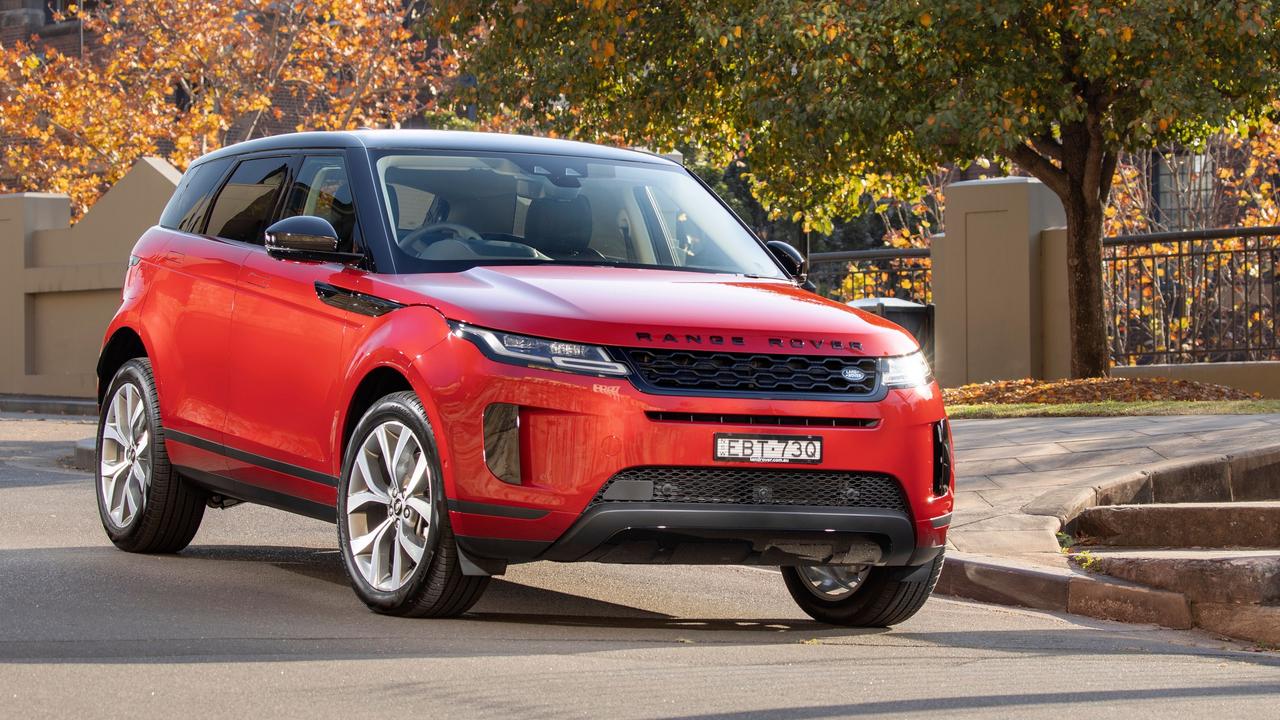
4. Safety is a mixed bag
The Evoque scored well in physical crash testing and the new model has autonomous emergency braking and lane-keep assist but some safety features available on mainstream hatchbacks are missing. Blind-spot warning is bundled in a pack with adaptive cruise control and high-speed emergency braking for $1340, while it costs $2840 for a more comprehensive pack that adds front and rear cross traffic alert and a 360-degree surround camera. For an extra $515, you can replace the standard rear view mirror with a digital display that gives you a much clearer and wider view of the traffic behind.
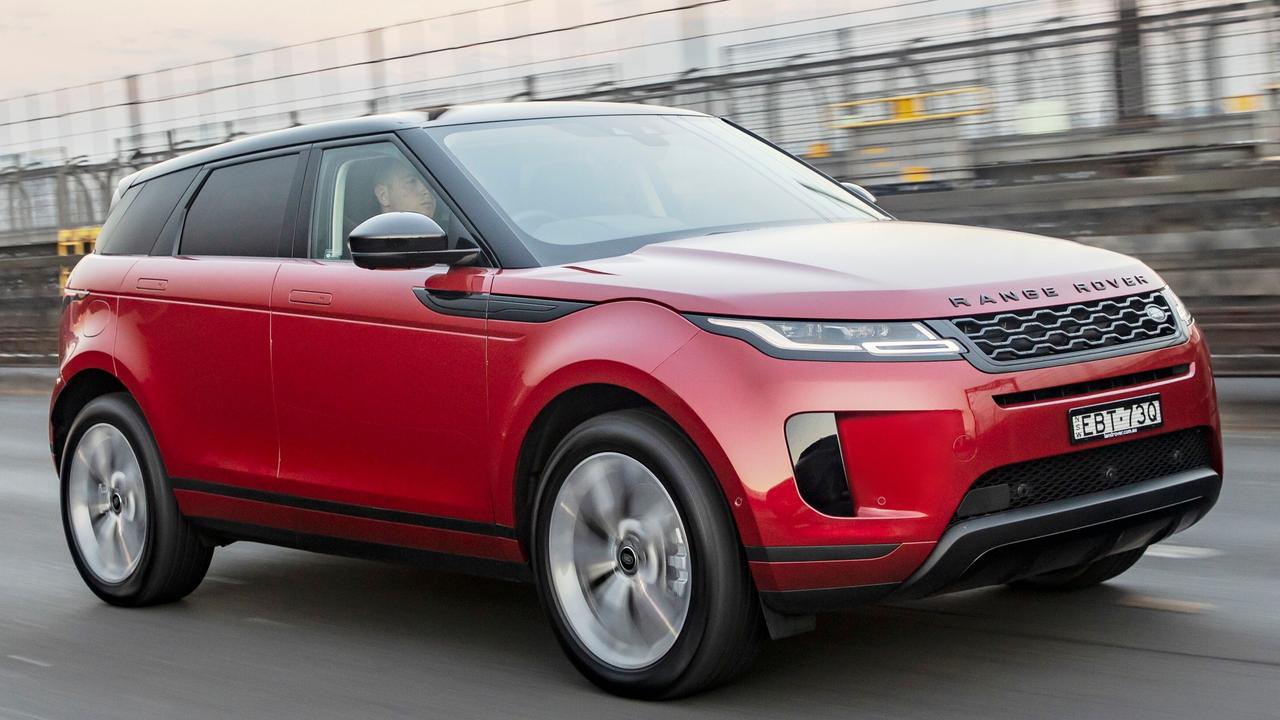
5. It’s an impressive drive
The Evoque has retained its excellent balance between comfort and cornering prowess. It feels more nimble than a lot of similar-size SUVs while the steering is direct and well weighted. The petrol turbo four-cylinder (183kW/365Nm) in our test car was a lively performer, although the nine-speed automatic wasn’t as silky smooth and responsive as you might expect at this price. The stop-start tech was also clumsy. Often the car would baulk at taking off once the engine kicked back into life at the lights. Claimed fuel use is 8.1L/100km but we returned mid-teens in the bump and grind of the city.


